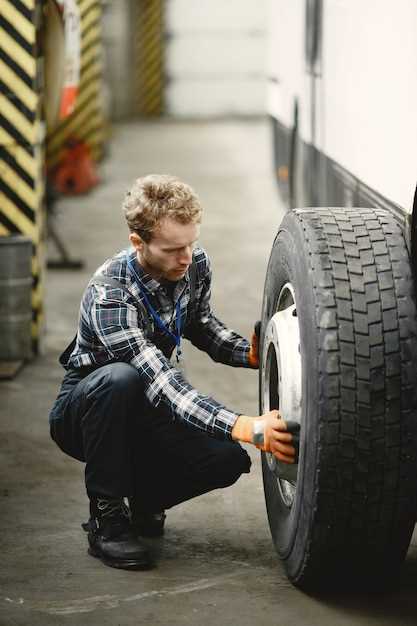
Prioritize compound and tread pattern tailored for the environment you’ll compete in. Soft compounds enhance grip at higher temperatures, whereas harder compounds endure longer distances but sacrifice some traction, vital for sprint events or short tracks.
Focus on width and profile that suits your vehicle’s setup. A wider contact patch leads to increased grip, but may compromise aerodynamics. Ideal balance manifests in maintaining control through corners without excess drag.
Adjusting tire pressure plays a crucial role in achieving the desired balance between responsiveness and stability. Lowering pressure can increase grip at the cost of steering precision; conversely, higher pressure enhances sharpness but might lead to reduced traction. Optimal settings depend on track conditions and vehicle characteristics.
Finally, consider the brand and type suited for your specific discipline. Each manufacturer offers unique innovations that can provide a competitive edge, so thorough research is necessary to leverage available technology effectively.
Understanding Tire Specifications for Track Conditions

Select the appropriate compound based on track temperature; softer compounds provide better grip in warmer conditions, while harder compounds are ideal for cooler surfaces. For example, a tire rated for high temperatures will excel on a hot day but may wear excessively in lower temps.
Check the tread pattern as it influences water displacement and overall handling. A slick surface is preferred for dry tracks, while grooves are necessary for wet or mixed conditions to enhance grip and prevent hydroplaning.
Consider the tire width and aspect ratio. Wider tires improve contact with the surface, augmenting traction and cornering capabilities. However, they may increase rolling resistance, affecting speed on long straights.
Monitor specifications for pressure. Optimal inflation varies by tire type and environmental conditions; increasing pressure can reduce rolling resistance but may compromise grip. Aim for the manufacturer’s recommended pressure but adjust based on track feedback.
Evaluate construction type; radial tires typically offer better performance with flexibility advantages, while bias-ply options may provide enhanced durability in certain setups.
Evaluating Tread Patterns for Enhanced Grip

Select tires with asymmetric tread patterns to boost cornering stability. These designs enhance grip during sharp turns and help maintain traction while accelerating.
Look for tires featuring wide circumferential grooves. These channels effectively channel water away, minimizing hydroplaning risks and ensuring consistent contact with the road surface in wet conditions.
Consider tires with varied sipe configurations. Fine slits within the tread improve grip on different surfaces and weather conditions, aiding in adaptability across varied racing environments.
Inspect the tread depth; deeper grooves typically provide better grip over uneven surfaces, allowing for increased control during high-speed maneuvers.
Review the rubber compound used in tire manufacturing. Softer compounds often yield higher friction levels, enhancing overall traction, while harder compounds tend to offer better durability.
Prioritize tires with a high-density tread pattern. This design strategy maximizes the contact patch, directly correlating to increased grip and improved acceleration performance.
Maintaining Tires for Consistent Race Performance
Regular pressure checks are fundamental. Ensure that the inflation level matches the manufacturer’s specifications for the intended track conditions. This practice mitigates excessive wear and optimizes grip.
Monitor tread depth frequently. Shallow tread can lead to reduced traction, risking loss of control. If the wear indicators are visible, replacement is necessary to maintain handling precision.
Invest in a temperature gauge to measure the operating heat of the rubber. Different compounds react variably to temperature; adjusting tire choice based on heat is critical for maximizing adhesion.
Balance and alignment should not be overlooked. Misalignment can cause uneven wear and affect vehicle stability. Perform regular alignments to maintain consistency in handling.
Store finished sets in a cool, dry environment away from direct sunlight. Proper storage helps to prolong lifespan and preserves the performance characteristics of the compound.
Rotate and switch sets based on track conditions. Different weather scenarios may require different compounds; having a variety ready allows for quick adaptations during events.
Finally, keep detailed records of tire performance over time. Analyze data to identify patterns related to wear rates, temperature performance, and overall handling characteristics. This information can drive better future decisions about rubber choice tailored to specific tracks.


